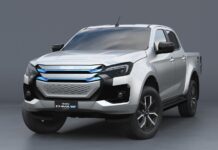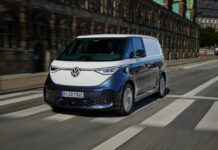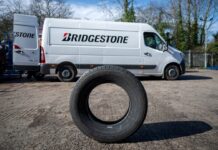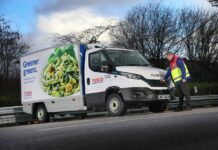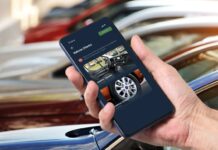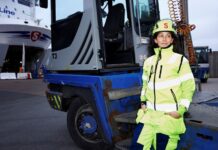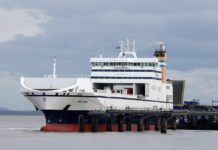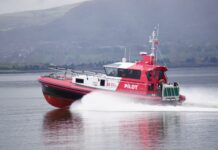There are lots of things I learn from various members and their businesses and just one of the common traits I have found is a love of cycling among many individuals in the Transport industry (You know who you are!) So many of you will be familiar with the word ‘Peloton’. This word is from the French word for Platoon and is used to describe the leading pack of riders in a cycle race. hern Ireland recently.
The benefits to the cyclists in a Peloton is that you save energy by slip streaming or drafting. I’m occasionally guilty of similar behaviour myself at my local Parkrun in North Belfast every Saturday, when on a cold windy morning it’s sometimes beneficial to tuck yourself in behind a couple of other runners when faced with that energy sapping headwind.
It’s not just in sport where this tactic is used; think of migrating birds such as Brent geese who make the long journey from the Arctic Circle to our very own shores every Autumn. They fly in a V shape which enables them to save energy by slip streaming and creating a vortex of air therefore easing the journey for those birds at the rear.
So how can transport operators replicate the energy-saving tactics employed in nature and sport?
The recent announcement that lorry platooning will be trialled on UK roads in 2018 certainly caught the media’s attention and apart from some ill-informed scaremongering was broadly welcomed by industry.
Benefits
Truck platooning could reduce costs, congestion and emissions but first the trial, which will receive £8.1 million in funding, will test if such a system is ready for use and will deliver the benefits it promises.
Platooning works by linking a series of trucks travelling along a motorway via Wi-Fi. The vehicles accelerate, brake and steer in sync through this wireless technology, however it’s vitally important to remember that each lorry in the platoon will always have a driver ready to take control at any time; for example at junctions or in heavy traffic, where the platoon may break up and then reform. These drivers will have to be just as alert as normal and will be subject to the same drivers’ hours’ regulations as they are currently.
When in transit, the platoon will be controlled by the lead driver and just as in nature with the migrating geese, it is the trucks following that will benefit most, in this case, in terms of cost savings.
Driving closely together, platoons of trucks would take up less space on the road and travelling at a consistent speed can help improve traffic flows, reduce tailbacks and sudden fuel-sapping breaking.
Aerodynamics
David Cebon, a Professor of Mechanical Engineering at Cambridge University recently spoke to the Freight Transport Association on the subject of truck technology.
On the subject of Aerodynamics, Professor Cebon highlighted this can provide seven to ten per cent reduction in fuel consumption in highway operations, a reduction which is relatively easy to achieve. When platooning is introduced, Professor Cebon stated it can potentially reduce fuel consumption by up to eight per cent due to the reduction of drag.
So can we expect to see platooning trucks slip-streaming their way along the M2 to Belfast or the A1 to Dublin anytime soon? First of all the trial in England will have to take place and provide conclusive evidence on the issue of reduced costs, lower emissions and prove to be safe. As the trial is being funded and monitored by Highways England and the Department for Transport in Great Britain, then it is very likely that our own Department for Infrastructure in Northern Ireland may wish to conduct its own trials and studies before allowing the procedure to be used on our own roads.
It’s also highly likely that the roads that platooning is used on will be highly regulated, so for instance we may see initial use only on approved dual carriageways and motorways. Ideally platooning would be used for high volume freight traffic between regional distribution centres and transport hubs, so locally it would have limited use in certain traffic conditions and operations.
Platooning, therefore, could be a real opportunity to optimise logistics on the road and it is important that the trial and subsequent findings are moved forward quickly to enable the logistics sector to plan efficiently for the future. It is vital to draw the distinction between platooning and driverless trucks, these are two completely different concepts which has led to some confusion in the industry and the media. Platoons have drivers in them at all times – driverless trucks are still some way off on our roads for now!
Certainly it seems that technology, combined with our ability to mimic the extraordinary traits used by nature to overcome obstacles, could be the solution to our own fuel use, emission and road safety problems.


